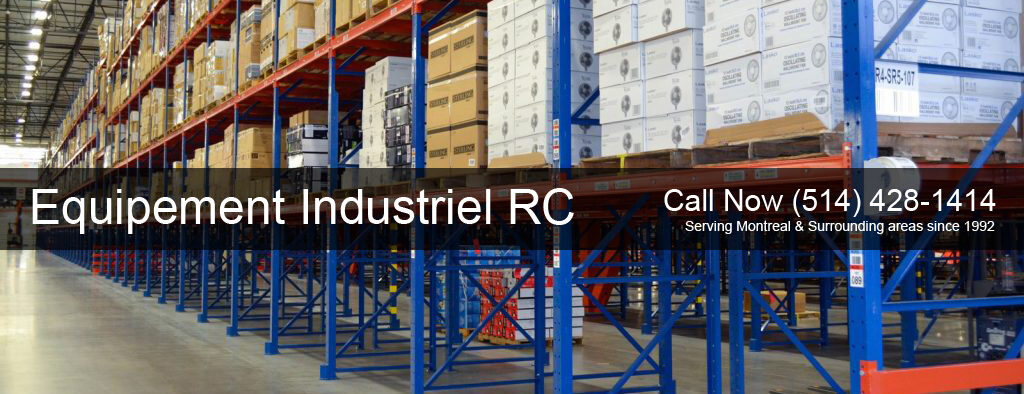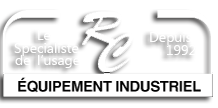
Selective Racking is one of the most common types of racking systems in many warehouses. Its purpose is to allow the storing of pallets containing products of all shapes and sizes, these selective racking systems make these products easily accessible increasing warehouse efficiency as well as safety.
Request a FREE Quote on a Selective Racking system for your space
Call: (514) 428-1414 or E-mail
Selective pallet racking is a common pallet racking system in use today. Selective pallet racking systems typically come in one of two configurations: a roll formed, or clip-in configuration, and a structural bolt-together configuration.
- Roll formed selective rack is most commonly manufactured in a “teardrop” style (so named as the holes on the column of the upright are shaped like a teardrop). Pallets then rest on the horizontal load beams that are held in place by mounting clips. Because the clips on teardrop configurations can be quickly moved, the shelves can be easily adjusted to different heights to accommodate various load sizes. This is convenient for a warehouse that needs to store a wide variety of product sizes.
- Structural pallet rack systems are very similar to roll formed pallet rack systems except the horizontal load beams are attached to the uprights with bolts and have much greater weight-bearing capacity. The bolt fixings make this a form of adjustable shelving – racks can be constructed, reconfigured, and dismantled and reused as necessary.
Structural pallet racking can be designed into the structure of the building itself, so that the upright columns are simultaneously used to support the roof of the storage facility, in which case the structural pallet rack uprights replace the storage building’s vertical support I-beams. This system is a rack supported building.
Selective pallet rack systems provide easy accessibility to all products at all times – important if the inventory is rapidly depleted and restocked (called quick turnover). A selective pallet rack system is commonly used in a “big-box” distribution application, as well as in retail store inventory rooms, cold storage applications, wholesale stores, etc. Source Wikipedia
